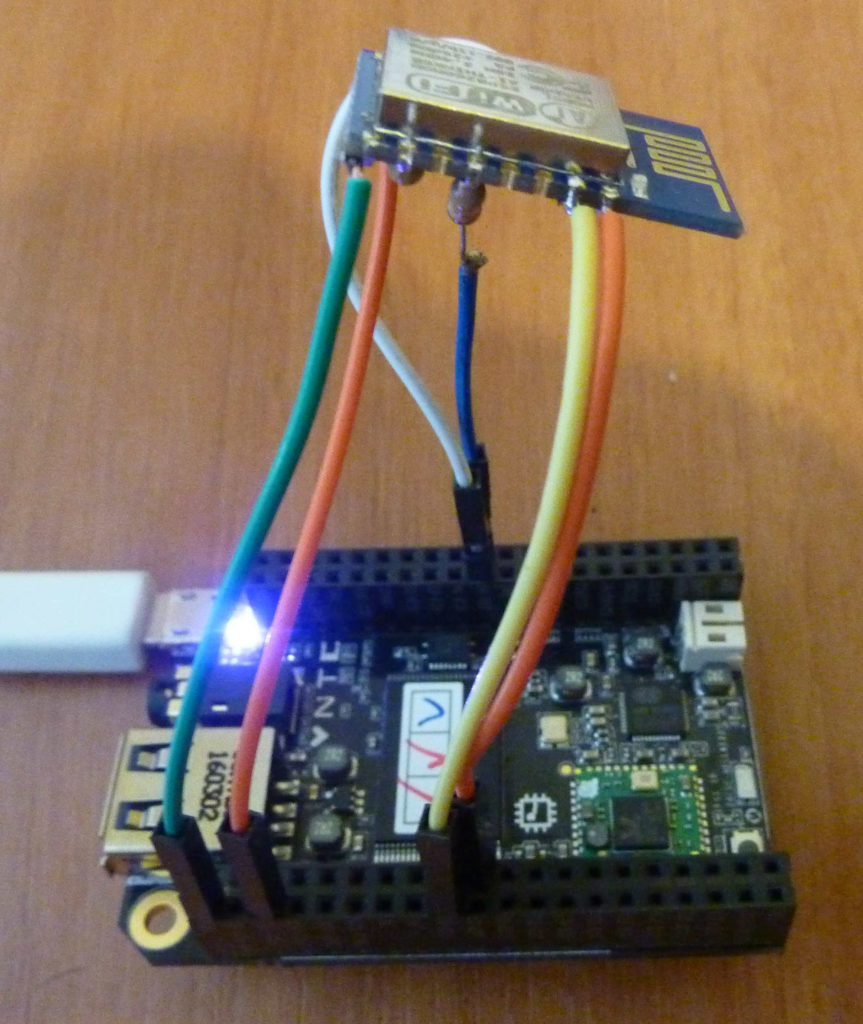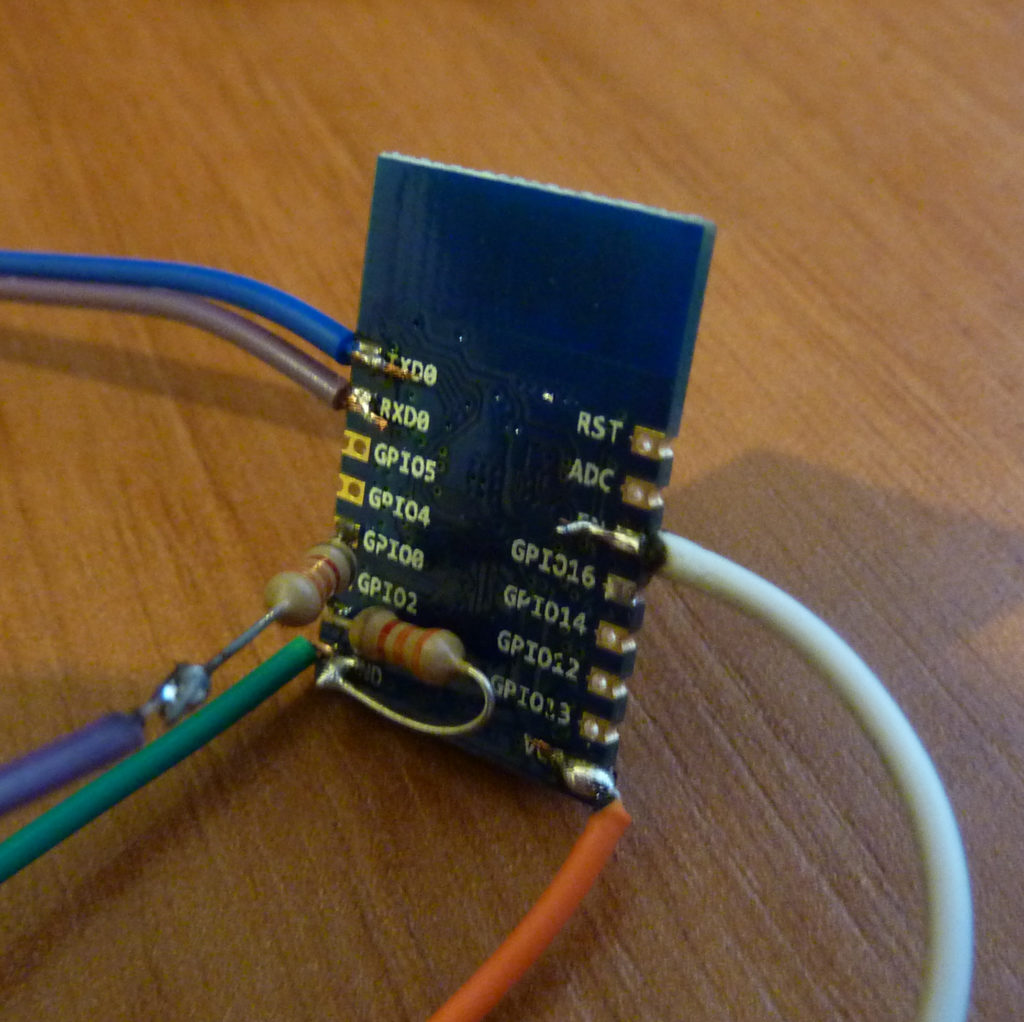In the bad old days of the web, you’d submit a form and if there was a problem with your internet connection it would loose the form and display an error page in the browser. These days you don’t need to worry about this quite so much, but handling errors with sending AJAX form-submits or other API requests is still a difficult topic. Fortunately, the way that Angular 4 uses Observables makes retrying requests quite a bit easier.
In the app I was building for a client recently, we wanted the default process flow to be as follows. Any API request should display a spinner (via Ionic 3), and send the request to the server. If we got an error like login failure then it should return this error to the client. If the error is with the network connection timing out it should automatically retry a couple of times. For other errors such as internal server (ie API side) or not connected at all, it should fail straight away. However if it was an API or network connection failure, it should display a popup prompting the user to opt to retry or cancel the request (eg ‘Turn your internet connection on and hit retry’) rather than making them hit a form resubmit button again.
As Observables remember all the data and options they were submitted with, it’s pretty easy to retry the request and there are a number of bits of code on the internet for this. However I couldn’t find any good examples of this being written in a reusable fashion, and with options of asking prompting the user without forgetting the request. So, here is an example of how you can do this within the framework of Ionic, however it should work in general for anything based on Observables especially under Angular 2+. Below I’ll walk through some of the harder parts of this code.
Create the API service (app/api.service.ts) looking like:
import { Injectable } from '@angular/core';
import { Http, Headers, Response } from '@angular/http';
import { Observable } from 'rxjs/Observable';
import { Subject } from 'rxjs/Subject';
import 'rxjs/add/operator/map';
import 'rxjs/add/operator/scan';
import 'rxjs/add/operator/do';
import 'rxjs/add/operator/delay';
import 'rxjs/add/operator/retryWhen';
import 'rxjs/add/operator/finally';
import 'rxjs/add/operator/delayWhen';
import 'rxjs/add/operator/timeout';
import 'rxjs/add/observable/throw';
import 'rxjs/add/observable/onErrorResumeNext';
@Injectable()
export class APIService {
public inprogress_requests : Subject<any> = new Subject();
public error_handler : (message :string, err:any) => Observable<any> = (err) => Observable.throw(err);
private requests_active :number = 0;
constructor (private http: Http) {}
request(path: String, data = {}, options :any = {}): Observable<any> {
if( !options.headers )
options.headers = new Headers();
options.headers.append('Content-Type', 'application/json');
let base_url = this.config.baseApiUrl();
let timeout = options.timeout || 10000;
let max_retries = 'retries' in options ? options.retries : 3;
let url = `${base_url}/api/${path}`;
let request = this.http.post(
url, JSON.stringify(data),
{
headers: options.headers,
}
)
// Add a timeout and retry the request after specified time and 3
// attempts (but only if it is a timeout error)
.timeout(timeout)
.retryWhen((errors) =>
errors.scan( ( errorCount, err ) => {
if( errorCount < max_retries && err.name == 'TimeoutError' )
return errors.delay(500);
throw err;
}, 0)
);
if( options.interceptor )
request = request.do( options.interceptor );
request = request.map(this.extractData);
// User-visible error handler now
if( options.auto_fail )
request = request.onErrorResumeNext(); // enable mergeMap etc to keep working
else
request = request.retryWhen( (errors) =>
errors.delayWhen( (error) => {
let message = this.log_error(error);
console.error( `URL was: ${url}, request body: ${stringified_data}` );
return this.error_handler(message, error);
})
);
if( !options.nonblocking ) {
this.add_blocking_request( options.loading_msg ? { reason: options.loading_msg } : {} );
request = request.finally( () => this.finish_blocking_request() );
}
return request;
}
private add_blocking_request(details :any = {}) {
// Re-issue a request if the details have been updated
if( this.requests_active++ == 0 || Object.keys(details).length ) {
details.active = true;
this.inprogress_requests.next( details );
}
}
private finish_blocking_request() {
if( --this.requests_active == 0 )
this.inprogress_requests.next( { active: false } );
}
private extractData(res: Response) {
// Decode errors will be handled automatically by Observable
let body = res.json();
return body || {};
}
private log_error(error: Response | any) {
let errMsg: string;
if (error instanceof Response) {
// Ignore any decode errors
let body :any = {};
try {
body = error.json() || {};
} catch(e) {}
const err = body.error || JSON.stringify(body);
errMsg = `${error.status} - ${error.statusText || ''} ${err}`;
// No internet, probably
if( error.status == 0 ) {
console.error(errMsg);
errMsg = 'Your internet connection is offline. Please connect and hit retry';
}
} else {
errMsg = error.message ? error.message : error.toString();
}
console.error(errMsg);
return errMsg;
}
}
Lets walk through some potentially confusing bits of this service.
The main request observable is the request variable, we perform actions on this (saving the result in the request variable again) as the user requests, Initially we just set the request to have a timeout (several multiples of time of the maximum time you expect the API to respond in, otherwise you may get multiple resubmissions of the same request if the API gets a bit laggy).
Then, we come to this piece of code:
.retryWhen((errors) =>
errors.scan( ( errorCount, err ) => {
if( errorCount < max_retries && err.name == 'TimeoutError' )
return errors.delay(500);
throw err;
}, 0)
);
This basically keeps a log of all the errors that occurred and each time there is an error with the request, it first checks to see how many times we already retried, and ensure that it was actually a timeout error (as opposed to an internal server error or so). If that was the case then it waits 500ms and retries, otherwise it re-throws the error which will cause the Observable to continue as an error response.
if( options.auto_fail )
request = request.onErrorResumeNext(); // enable mergeMap etc to keep working
If the user passes an auto_fail option to the request, we want the request to happily silently fail (perhaps we are just sending some usage stats to the server and we don’t want errors popping up about them). This basically returns a successful Observable whether or not it was actually a success so that it doesn’t short-circuit anything due to an error being raised.
However, under normal circumstances we want to raise a frontend error:
request = request.retryWhen( (errors) =>
errors.delayWhen( (error) => {
let message = this.log_error(error);
console.error( `URL was: ${url}, request body: ${stringified_data}` );
return this.error_handler(message, error);
})
);
This code says to shell out to an external function (the error_handler function reference which can be set somewhere in the main code that builds the API) with the error, and expects it to return an item such as a Subject or a true/false value indicating whether the whole of the above work should be retried again or not. This is a bit messy – you should perhaps have multiple different instances of API depending on whether you want this functionality or not, but because the API is a global service and we want a standard piece of retry code I thought to put it like this. However because it needs to interact with the frontend, I set this elsewhere as I’ll show in a bit.
Finally, we want to wrapper most requests with some code to display a spinner (optionally with a message), unless it is a non-blocking request:
if( !options.nonblocking ) {
this.add_blocking_request( options.loading_msg ? { reason: options.loading_msg } : {} );
request = request.finally( () => this.finish_blocking_request() );
}
The add_blocking_request and finish_blocking_request issue an Observable message (via this.inprogress_requests) when there are requests active or when the last active request finishes, which avoids having the spinner popping on and off again every time a request is redone or a sub-request is triggered.
Finally, in the main app constructor we hook into these two Observables to do the UI-facing work (app/app.component.ts in ionic – this is ionic-specific but you should be able to replace with your own framework easily enough). Firstly, the spinner:
// Loader needs creating each time it is displayed in ionic...
let loader;
api.inprogress_requests.subscribe(
details => {
if( loader )
loader.dismiss();
loader = null;
if( details.active ) {
let loader_options :any = {};
if( details.reason )
loader_options.content = details.reason;
loader = loadingCtrl.create(loader_options);
loader.present();
}
}
);
Simple enough – if there is a loader get rid of it, and if there should be one then create it with the message. This enable us to update the message displayed easily enough although I’ve not really used this functionality much in the code I’ve written.
Finally, lets look at the dialogs presented to the user to prompt retries. This handler should be simple enough providing different dialogs and messages depending on what the error was exactly. Note that we are returning a Subject which we effectively use like a Promise to handle the asynchronous nature of user interaction with the dialog:
// Handle errors with a popup and offer retry functionality
api.error_handler =
(message, error) => {
// Just in case it is the first request..
this.hide_splashscreen();
let retry_subject = new Subject();
let retry;
// Unauthorized
if( error.status == 401 ) {
retry = alertCtrl.create({
title: 'Logged Out',
message: `You have been logged out and need to log in again`,
buttons: [
{
text: 'OK',
handler: () => {
retry.dismiss().then( () => this.navCtrl.push('login') );
retry_subject.error( error );
retry_subject.complete();
return false;
}
},
]
});
} else {
let title = 'Server Error';
let display_message = `We got an error from the remote server: ${message}. Do you want to retry?`;
// 400's are nicer errors - not a server code issue but a user input problem most likely
if( error.status == 400 || error.status == 0 ) { // 0 = no internet
display_message = `${message}. Do you want to retry?`;
title = "Error";
}
retry = alertCtrl.create({
title,
message: display_message,
buttons: [
{
text: 'No',
handler: () => {
retry.dismiss();
retry_subject.error( error );
retry_subject.complete();
return false;
}
},
{
text: 'Retry',
handler: () => {
retry.dismiss();
retry_subject.next( 1 );
retry_subject.complete();
return false;
}
}
]
});
}
retry.present();
return retry_subject;
};

